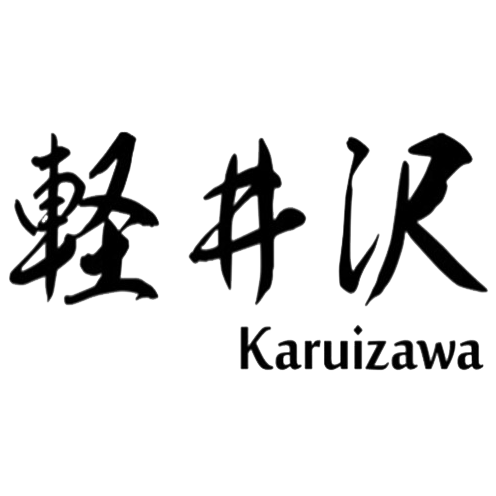
Very nearly, the Karuizawa legend did not happen, and would have faded away into the undercurrents of whisky history - were it not for the efforts and decisiveness of a few enterprising figures.
Karuizawa was established in the mid 1950s by Daikoku Budoshu, a large wine and spirits producer expanding into whisky making. Built in the shadow of Mount Asama, the distillery used the natural spring water that flowed through or over the volcanic lava rock and soil that surround the distillery, giving it a unique quality suitable for producing whisky. The location was chosen at Karuizawa as they felt it offered the closest climatic conditions to the Highlands of Scotland (although the summers are much hotter and the winters much colder at their peaks). Production of malt whisky at Karuizawa began in earnest in 1956.
It was difficult to get malt in Japan at the time and Karuizawa initially struggled. However, in 1958, import restrictions were relaxed and the distillery began to import barley from the UK, including some Golden Promise – the same type Macallan used at the time – and began to experiment. By 1959, it was producing a Scottish-style spirit which was matured mostly in sherry casks. The resulting whisky was dark and richly flavoured, but as it all went into the company’s blending vats, the distillery and the distillery remained unknown to the general public.
In 1977, Karuizawa’s focus changed along with its name – Karuizawa Factory became Ocean Karuizawa Distillery – and its whisky became destined for both single malt as well as blends. In the late 1980s and 1990s, Karuizawa appeared as a single malt, and it began to pick up a reputation in Japan, although very little left the country.
Unfortunately, the whisky market was not as buoyant in Japan as today, and despite its popularity, in 2001 Karuizawa closed. In 2006, the distillery’s owner – by this time called Mercian – was acquired by drinks giant Kirin and in 2011 Karuizawa’s distilling licence was returned. To put an end to any hopes of a revival, in 2016 the distillery was scrapped and razed to the ground. By 15 March, there was nothing left.
With the distillery closed down, the fate of the remaining Karuizawa stocks was in question. Kirin was uncertain what to do with their Karuizawa casks, as they already had the Fuji Gotemba distillery making whisky for them. They even considered using the Karuizawa stocks for blending with their own whiskies. In the end, through the combined efforts of a few remarkable industry figures behind the Whisky Exchange, Number One Drinks, and La Maison du Whisky, all the casks were bought up. Perhaps to Kirin's dismay, Karuizawa whisky has kept growing to become the world's most sought-after, rarest, and expensive whisky.
Karuizawa